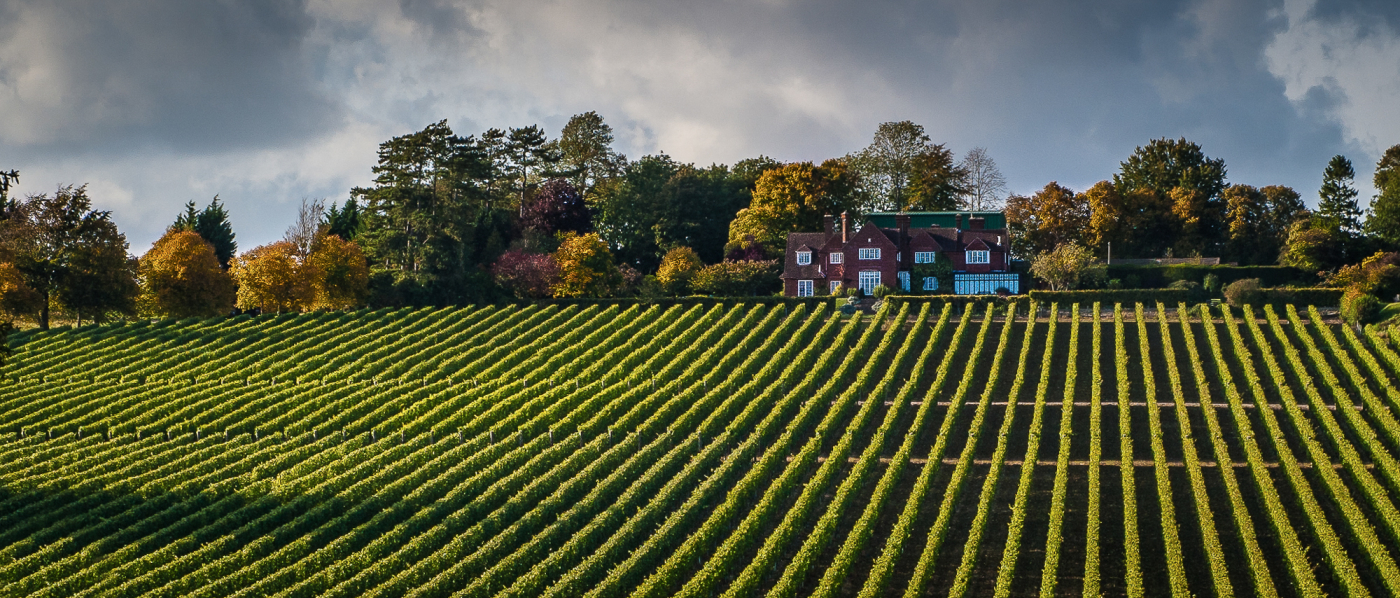
My Famous Five for English Wine Week
Karen Krizanovich on her sparkling picks for English Wine Week

Karen Krizanovich on her sparkling picks for English Wine Week

It’s English Wine Week. Well, every week is English Wine Week really. This one was marked by a press release from Nyetimber’s CEO stating that English wine production is expected to rise to 20 million bottles by 2030, doubling what it was in 2018. Nyetimber, elder statesman of English wine, has been in business for over 30 years. While not the centuries experienced by many champagne houses, climate change and technology has helped English vineyards vie with those in Reims. In fact, there canny champagne growers have sneaked over the channel and purchased land for vines in Kent, Essex and other parts of the UK. You know what this means? Champagne wars in your very own cellar. Either way, no matter who wins, it’s going to be a tasty few decades. Let me help you get into training now. (Yes, I still am an accredited personal trainer, who drinks sparkling wine.)
I’m tempted to say if you don’t like any of these, I’ll refund your money… but… try them anyway.

La Krizanovich
Wiston Rosé NV: Expect summer in a bottle. Again and again, if I see this bottle, I buy it. Wiston may not yet get the distribution it deserves (or should it be kept a secret for the cognoscenti) but this rosé non-vintage really does summon up the English summer in a single glass. It has all the smells of a perfect picnic (or tennis on the lawn, or a punt, or a hack through the countryside). There are garden fruits (is rhubarb a fruit?), summer soft berries, redcurrant, rose and lemon with a bit of sweet sherbet. That is all laced along a mineral backbone that’s dry and crisp. Tiny bubbles don’t quit. The style of Wiston is at ease with itself but never too formal. The label design is cheerful, restrained and fancy like Wedgwood or a ceiling rose. This is an ESW for every occasion.
Jenkyn Place Rosé Brut: Expect fresh continental breakfast. Although I’m verging on Farrow & Ball territory here, this is an exquisite bottle that is dry, dry, dry and fruity to the max. Brioche, preserved lemons, redcurrants and rosehip – all that adds up to toasty, slightly sweet, sharp red fruit and soft citrus. This is a more formal precise flavour which will get more complexity with age. It is one of Jenkyn Place’s most popular bottles. You can serve this safely to your boss. (I am a huge fan of their Brut. Get that too, blind taste it with champagne, I dare you.)
You’ll catch a hint of apple – Cox or Bramley? – and then slurp and slurp to taste more
Black Chalk Wild Rose: Expect berries agogo: It’s hard to find a bottle of this but try anyway – a few places still have it. I used to roll my eyes when wine snobs would implore, “Oh darling, you MUST get this bottle,” but now I’m saying the same thing: get this bottle. Not being snobby but there is a reason why Wild Rose (not named after the Jessie Buckley film, I asked) is priced slightly higher than many other ESWs. Black Chalk is a small vineyard with selective production and this is their smash hit. Made of the three types of champagnes grapes, natch. Wild Rose hits a six with raspberries and strawberries. It’s heady. It’s fruity, relaxed, confident and tasty. It’s so you.
Louis Pommery England: Expect sophisticated pastry. I had to bring out the best glassware to test this, and the linen. I like Pommery a great deal, always have, but I didn’t expect to fall so hard for their English brethren. This is a sophisticated lip-smacker. There’s vanilla, rich toast, stone fruit, citrus and honeysuckle in there, lifted by a stampeding bead and the palest golden colour. You’ll catch a hint of apple – Cox or Bramley? – and then slurp and slurp to taste more. It’s juicy tasting but dry and fruity. Louis Pommery England is indeed a lovechild born between two worlds.
Hambledon Classic Cuvée Rosé: Expect a lightly flowery, citrus focus. This is a tart, coppery sparkler that accents sweet desserts and fish. Made with 90% chardonnay and 10% pinot noir, I didn’t expect the flavour – sometimes called sour/sweet. This is a sharper, crisper rosé, almost untamed, with wafts of brioche, then rose, lime and lemon followed by fading strawberry notes. Hambledon is England’s oldest commercial vineyard, featuring Newhaven chalk. According to chemical analyses, that very chalk was formed on the seabed of the Paris basin and is the same found in the finest areas for chardonnay in Champagne. Intriguing and one to make you sit up and take notice. C